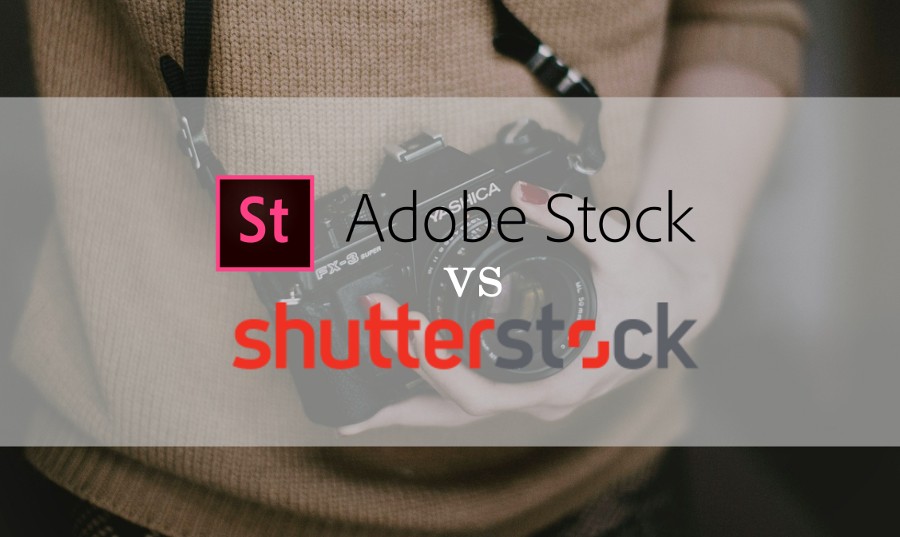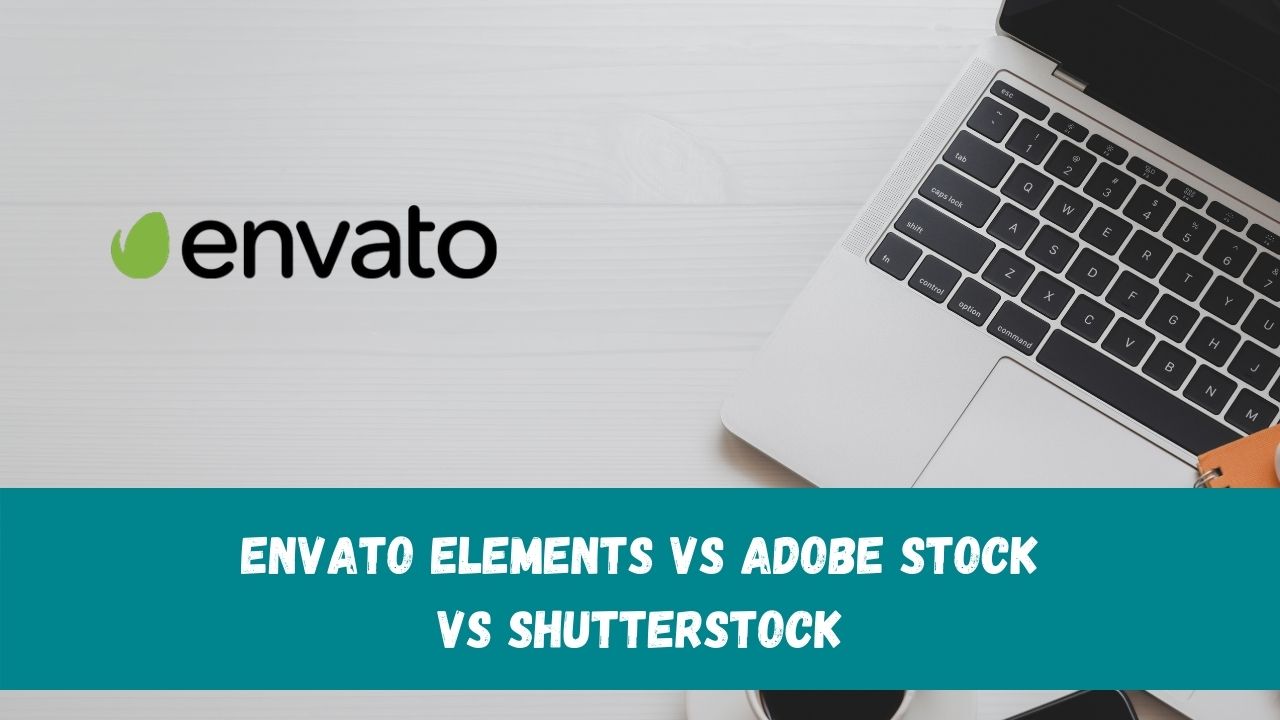In the digital era, photographers have unprecedented opportunities to showcase and sell their work through online marketplaces. Two prominent platforms in this realm are Picfair and Shutterstock. Each offers unique features and benefits tailored to different types of photographers. Whether you’re a professional or an amateur, understanding the distinctions between these platforms can help you choose the right venue for showcasing your photography.
Overview of Picfair Features and Benefits

Picfair is designed to empower photographers by offering a straightforward and user-friendly platform to sell their images. Key features include:
- No Commission Fees: Photographers retain 100% of the sale price, providing maximum revenue potential.
- Flexible Pricing: Photographers can set their prices, allowing for individuality and competition.
- Simple Upload Process: Users can easily upload images and create a customized storefront to represent their brand.
- Print-on-Demand: Picfair offers options for buyers to order prints, expanding sales opportunities.
- Global Exposure: The platform’s market reach helps photographers gain visibility and attract potential buyers worldwide.
Additionally, Picfair provides tools to help photographers promote their portfolios through social sharing options, making it easier to drive traffic to their sales pages. It’s also beginner-friendly, allowing emerging photographers to dive into selling without the complexities often associated with other platforms.
Marketing and Promotion Tools of Each Platform

When it comes to selling photos online, having the right marketing and promotion tools can make a significant difference in your success. Let’s dive into the marketing tools offered by both Picfair and Shutterstock, and see how they stack up against each other.
Picfair
Picfair stands out with its user-friendly approach, providing photographers with several tools to enhance their visibility. Here are some key features:
- Customizable Portfolio: You can create a personalized portfolio with custom URLs, making it easy to share your work.
- Social Media Integration: Picfair allows you to link your accounts, helping you promote your images on platforms like Instagram and Twitter effortlessly.
- Your Branding: With Picfair, you have the option to brand your sales with your logo, giving a professional touch to potential customers.
- Promotional Tools: They offer promotional support, including discounts and featured image options, which can boost your photos’ exposure.
Shutterstock
Shutterstock, on the other hand, is a giant in the stock photography world and offers a range of robust marketing tools:
- SEO Optimization: Their platform is highly optimized for search engines, meaning your images have a higher chance of being found through search queries.
- Global Reach: With millions of users, Shutterstock’s vast customer base offers extensive exposure for your work.
- Email Marketing: Shutterstock engages customers through newsletters and targeted email campaigns that can promote new collections, giving your work additional visibility.
- Stock Content Insights: They provide analytics tools to track your sales and see what types of images resonate best with customers.
Ultimately, both platforms offer unique tools catering to different needs. If you’re looking for personalized branding and community engagement, Picfair may be your best bet. However, if you want extensive reach and advanced marketing features, Shutterstock might be more suitable.
Community and Photographer Engagement

Community and engagement are crucial factors when choosing a platform for selling your photos. Let’s explore how Picfair and Shutterstock foster relationships among photographers and promote community engagement.
Picfair
Picfair prides itself on its community-driven philosophy. Here are a few ways they enhance photographer engagement:
- Supportive Community: Many photographers find Picfair’s environment collaborative and encouraging, fostering connections among creators.
- Feedback Opportunities: Users can share their work and receive constructive feedback from fellow photographers, enhancing their skills and creativity.
- Events and Competitions: Picfair hosts occasional photo contests and events that help photographers showcase their work and gain recognition.
Shutterstock
On the other hand, Shutterstock offers a more extensive but less personal community experience:
- Global Network: As one of the largest stock image providers, photographers have access to a vast global audience, offering networking opportunities.
- Contributor Forums: Shutterstock maintains forums where photographers can discuss trends, share experiences, and seek advice on improving their sales.
- Resources and Education: They provide a wealth of educational resources, tutorials, and blogs to help photographers improve their skills and optimize their portfolios.
While both platforms foster photography communities, Picfair leans into a more personal, supportive environment, whereas Shutterstock emphasizes broader networking and educational resources. Your choice may depend on whether you prefer a tight-knit community or a vast global network!
Final Thoughts on Choosing the Best Platform
When it comes to selling your photos online, the choice between Picfair and Shutterstock ultimately depends on your individual goals and how you want to market your work. Both platforms have their unique advantages and appeal to different types of photographers. Here are a few final considerations to help you make your decision:
- Your Audience: If you’re looking to reach a broader audience and tap into a large marketplace, Shutterstock may be the better choice. However, if you want more control over pricing and a personalized experience, Picfair could be ideal.
- Pricing Control: Picfair allows you to set your own prices, which can be appealing for photographers who feel their work deserves a certain value. Shutterstock, on the other hand, often has fixed pricing tier options.
- Earnings Potential: Consider how you want to monetize your photography. If you’re looking for royalties, Shutterstock might provide more predictable income based on downloads. In contrast, Picfair’s model allows for potentially higher earnings per sale if your work is well-recognized.
- Upload Process: If ease of use is a priority, think about which platform you find more intuitive. Your upload experience can impact how quickly you can get your work out there.
Ultimately, it’s a matter of weighing these factors against your own needs as a photographer. Some may even find it beneficial to use both platforms, maximizing their reach and opportunities. Rest assured that whichever platform you choose, your passion for photography can help you succeed!
FAQs About Selling Photos Online
If you’re just starting out or considering making the leap into selling photos online, you likely have a few questions. Here are some of the most common inquiries that photographers often have:
- Do I need a lot of experience to start selling photos? Not at all! Many successful photographers started as amateurs. The key is to improve continuously and produce quality images that resonate with buyers.
- What types of photos sell best? Popular categories include landscapes, portraits, travel, and lifestyle images. However, niche markets can also be profitable as they cater to specific audiences.
- How do I price my photos? Pricing can vary widely. On Picfair, you set your own prices; with Shutterstock, you earn a percentage based on the sales price. Research similar work to get an idea of competitive pricing.
- Can I sell the same photo on multiple platforms? Yes, you can! Selling on multiple platforms can increase your visibility and sales opportunities, as long as you adhere to each platform’s licensing agreements.
- What if my photos get rejected? Rejection happens to many photographers. Consider feedback as an opportunity for improvement. Review the platform’s guidelines, and don’t hesitate to reach out for assistance or clarification.
Starting your journey in selling photos online can be incredibly fulfilling. With the right platform and a bit of dedication, you can share your work with the world and generate income doing what you love!


